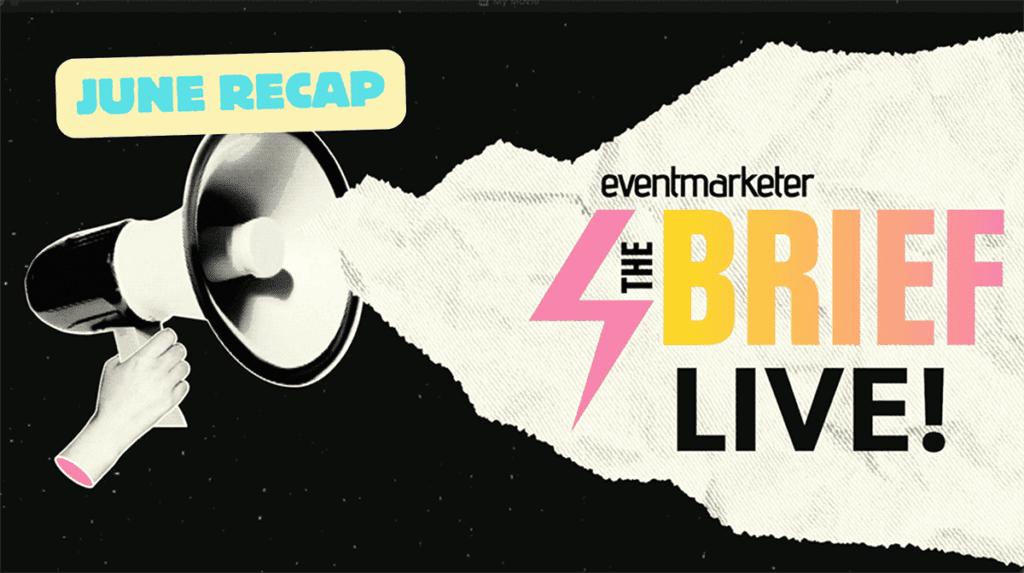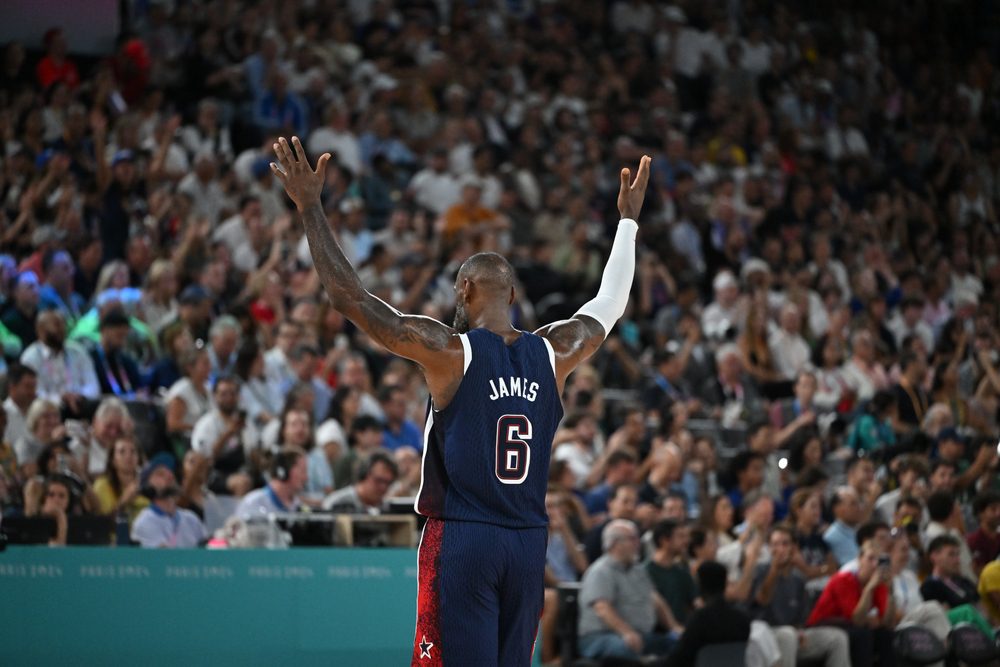Some time ago a lapel button made the rounds with a picture of Frank Sinatra and message, “It’s Frank’s world; we just live in it.” Substitute ESPN for Old Blue Eyes and you’ve got an idea of the cable network’s goal. In particular, its consumer brands division is making an aggressive push this holiday season to extend its brand into retail as a means of strengthening its hold on the hearts and minds of millions of teen and young-adult men.
The cable network is not satisfied with just making millions of dollars on its ever-burgeoning line of channels, ESPN the Magazine, ESPN radio, a restaurant, Websites, video games, and more. Encouraged by the success of its Game Station, a six-foot-tall game center for kids, ESPN has plans to leverage its brand to sell a line of toys and games aimed at families; apparel; BMX bikes; recreational sports tables; and perhaps soon an ESPN-branded television set with special sports functionality. ESPN began selling the motocross bikes this summer to take advantage of the X-Games, the extreme-sports tournament the company owns and broadcasts twice a year. For the Christmas season, the company – a division of the Walt Disney Co. – will introduce ESPN Shot Block Basketball, a game with a Nerf-like ball and rim that opens and closes like a clam-shell. Like everything else the network does the game will have a strong dose of cross-promotion. In this case, commentator Dick Vitale will shout such trademark phrases as “Shoot it again, baby!”
“It will not only appeal to kids, it will appeal to adults for offices and college kids for dorm rooms,” says Steve Chipolla, general manager/vice president of ESPN Consumer Products.
Other products in the pipeline are the ESPN Poker Club – a $99-$200 set of what the company calls “authentic” poker paraphernalia that it will sell in department and sports specialty stores. A DVD trivia game is also planned.
“This is a great opportunity for retailers to leverage our media assets to promote products,” Chipolla continues. “More importantly, it gives fans, whether they’re kids, teenagers, or adults, different touch points for [the brand].”
Teens are one of the prime markets for these products: the company says it reaches 72% of that elusive group each week through one of its outlets. “Our biggest TV viewers are users of other media,” says Artie Bulgrin, ESPN’s senior vice president of research and sales development. “We are able to recycle our audience and navigate our audience back to TV.”
Chipolla insists that the network will not go the Krusty the Clown route and put its name on anything with a bar code. “We’re not here to alienate our fan base,” he says, adding the company will only sell items it considers “relevant” to its brand. For instance, he can’t see ESPN the razor blade,
But at least one marketing expert is skeptical of ESPN’s plans. Tina Wells, CEO of Buzz Marketing, which tracks trends among young people, doubts teens would link ESPN with, say, clothes. “ESPN is an important brand for teens [in sports],” she says. “They’re not going to buy apparel items.”
 Network
Network

